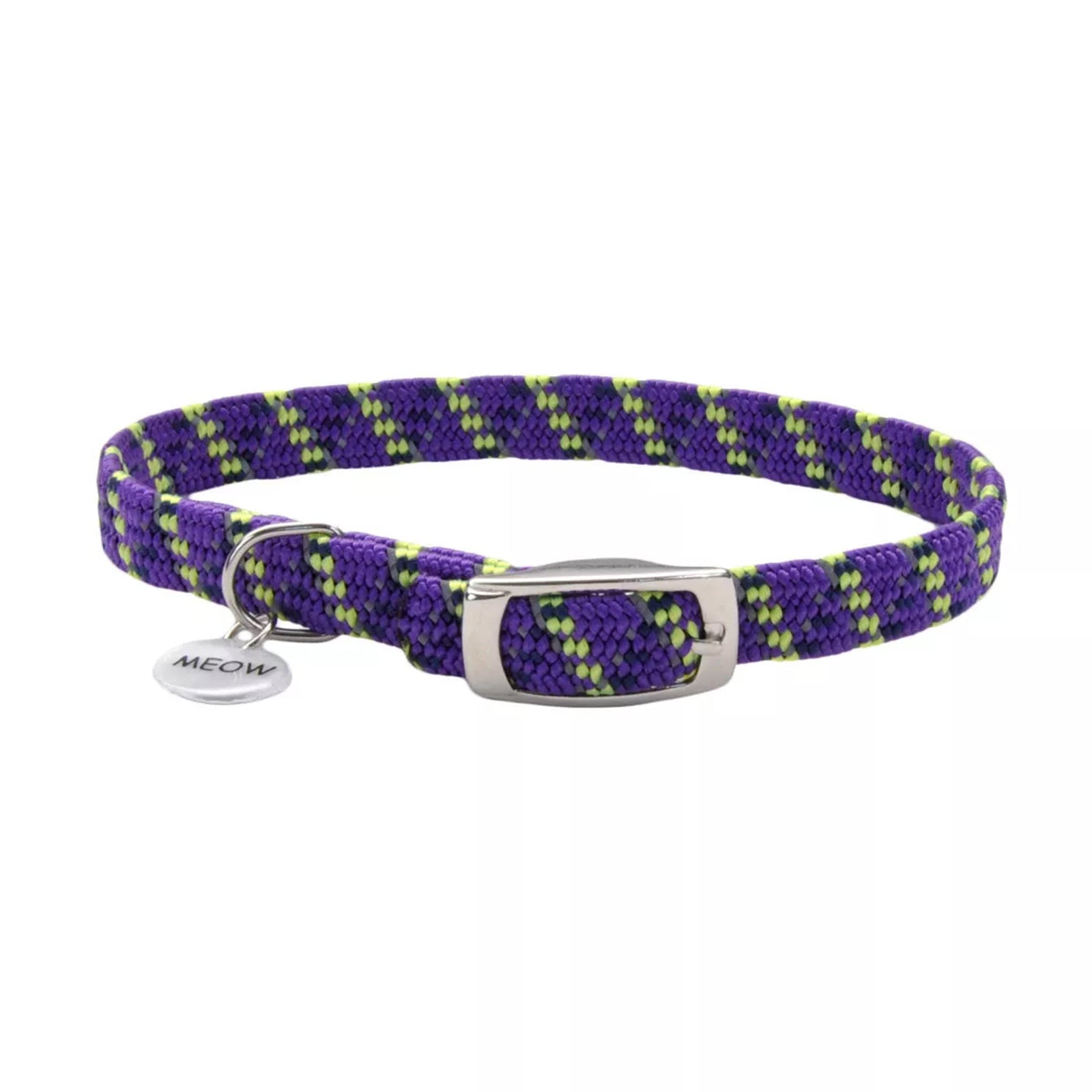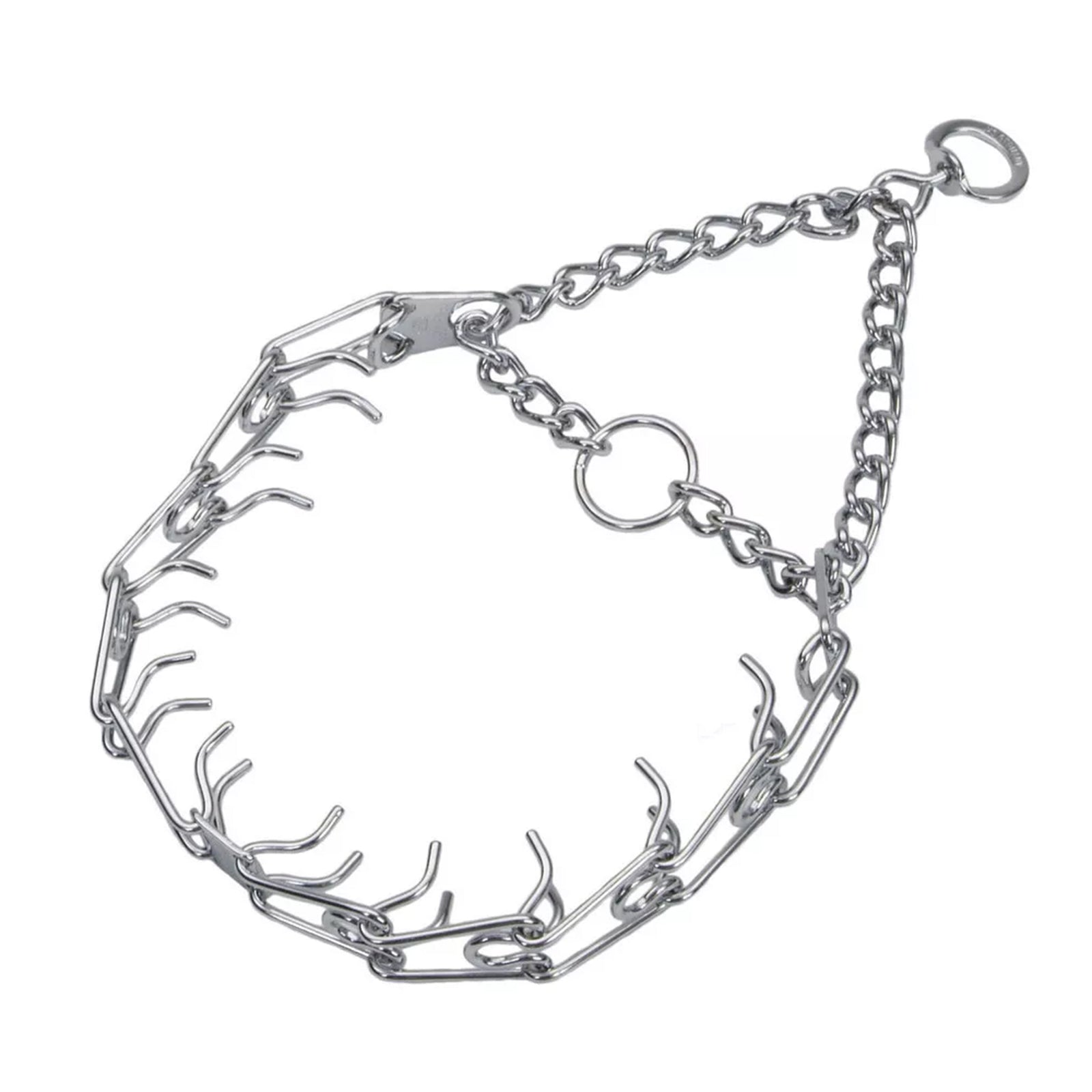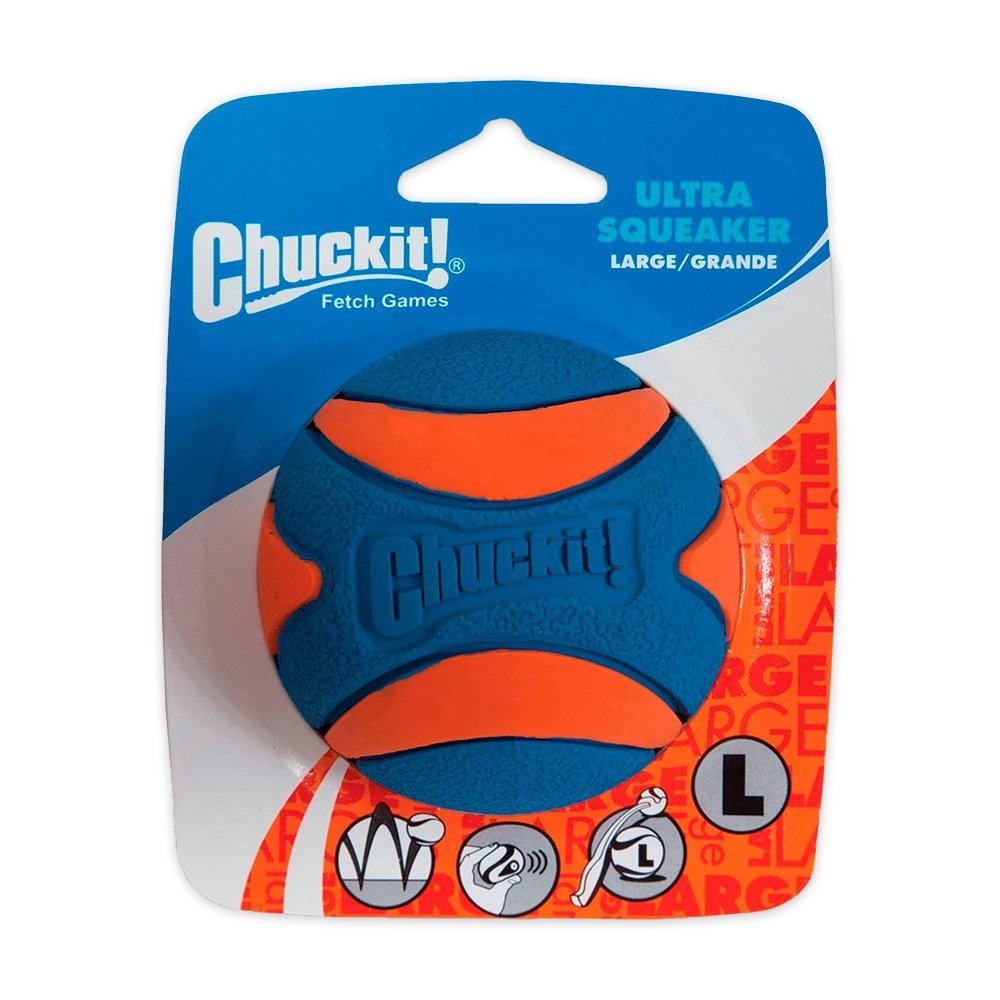Prong herms Sprenger collars have been controversial among dog owners for years. Some people argue that they are an effective tool for training dogs not to pull on their leashes, while others believe that they are inhumane and should not be used under any circumstances. In this article, we will discuss the pros and cons of herm Sprenger prong collars and help you determine whether they suit your dog.
The Use Of A Prong Collar
Prong collars, such as martingale collars, can be safer for hard-pulling dogs than flat collars or choke chains, which focus the dog's weight against the trachea. Because herm sprenger prong collar quickly releases the links of a prong collar tighten simultaneously, weight and pressure are distributed equally around the entire neck when wearing one. Prong collars teach most dogs to self-correct since pulling causes discomfort. The herm sprenger quick-release prong collar might not be adjusted appropriately if the dog is not responding.
Are prong collars, however, cruel? The debate over prong collars is actual. But before making judgments, we should all be aware of the reality behind prong collars.
How Harsh Are Prong Collars?
Are prong collars, however, cruel? The debate over prong collars is actual. But before making judgments, we should all be aware of the reality behind prong collars.
Most likely, the reason you're reading this is that your dog pulls on the leash, is leash-reactive, or is otherwise difficult for you to handle when wearing a leash.
The truth is that the prong collar was created to be the most humane method of training and NOT to hurt your dog when worn correctly. Many individuals have never witnessed a prong or pinch collar being used correctly for dog training. I learned about prong collars a few years back before I had used one myself.
The prong collar, often called a pinch collar, has transformed the lives of so many dog owners. Simply scroll down to see a few moments left by folScrollsed the prong collar and are willing to share their experiences and insights.
Looking for a range of Dog Supplies
How To Utilize A Prong Collar Correctly
The key components of prong collar training are as follows:
They should only be left on some nights. It's risky to leave the collars on overnight.
They need to be the right size. Otherwise, they may unintentionally separate and will. When the dog misbehaves and receives a correction, that always happens.
A prong must tightly fit right behind the dog's ears, around, and under the dog's jaw in order to be correctly fitted. NEVER let them dangle loosely over the dog's neck. Learn How to Fit a Prong Collar, my post.
Prong collars should never be used alone; they should always be paired with a backup collar (like our Dominant Dog Collar). If the prong separates, the dog will still be on the leash and won't run off when anything distracts him.
Go cautiously when you first begin training with a When the dog goes to a dog park and correcting, proceed cautiously to the same level you have been. Take the dog for a stroll instead, and let it fix instead, take by pulling back on. This is correct enough for many dogs.
Prong collars are generally effective in preventing dogs from dragging their owners while out for walks.
POP the leash is the proper motion to do while correcting a leash. Never pull the leash! All beginning dog trainers must develop this talent.
Attempt to comprehend the philosophy behind dog training corrections. Instead of punishing the dog, the goal of a correction is to bring about a change in behavior for the better. Every dog is unique; some require extremely gentle corrections, while others require pretty harsh ones. The bulk, meanwhile, requires somewhere in the middle.
I recommend taking our online course on Basic Dog Obedience if you are new to training dogs in order to understand dog motivation better. As a result, you will gain a better knowledge of how and why you ought to utilize a prong collar.
Which Dogs Need a Prong Collar?
When typical corrections using a choke collar fail to achieve the desired results in adult dogs, a prong collar may be necessary (aka when choke collars do not affect the dog). In my opinion, a dog should start using a prong collar once he needs a level 7 reprimand for regular training (provided that he is not aggressive or hectic, as mentioned above).
The handler's responsibility is to understand his dog. New handlers frequently use prong corrections at the same intensity as they did with choke collar corrections, which is unfair to the dog.
You will require a prong collar if you are a novice Schutzhund trainer or a police service dog handler.
Read more:- Are Greenies Safe for Dogs? Everything You Need to Know
Conclusion
Not all dogs or owners benefit from the use of a prong collar. While teaching a dog not to pull, many people also take other useful, non-aversive methods into account. These include the Halti or Gentle Leader or loose leash training strategies.
Read More:- Some Fun Easter Activities Can Do With Pets

















